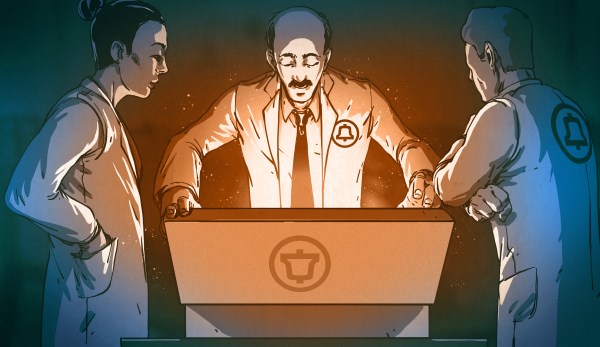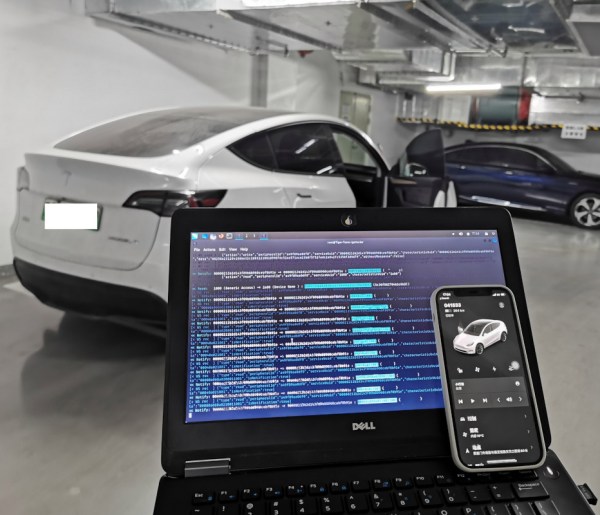It may be a foreign concept to anyone who has never paid a dime for a phone call over and above the monthly service charge, but phone calls were once very, VERY expensive — especially long-distance calls, which the phone company ungenerously defined as anything more than a few towns away. Woe betide the 70s teen trying to talk to out-of-town friends or carry on a romance with anyone but the guy or girl next door when that monthly phone bill came around; did anyone else try to intercept it from the mailbox before the parents could see it?
While it seems somewhat quaint now, being charged for phone calls was not only a big deal to the customers, but to the phone company itself. The Bell System, which would quickly become a multi-billion dollar enterprise, was built on the ability to accurately meter the use of their service and charge customers accordingly. Like any engineered system, it grew and changed over time, and it had to adapt to the technologies and economic forces at the time.
One of the most interesting phases of its development was the development of Automatic Message Accounting (AMA), which in a very real way paved the way for the wide-open, worldwide, too-cheap-to-meter phone service we enjoy today.
Continue reading “How Hard Could It Be To Get Millions Of Phone Bills Right?”














